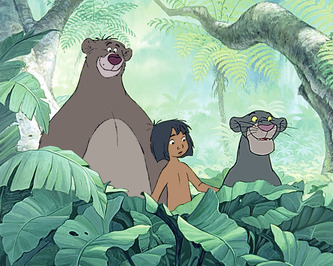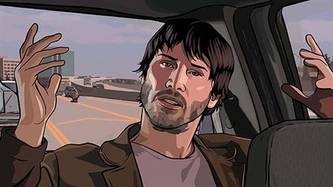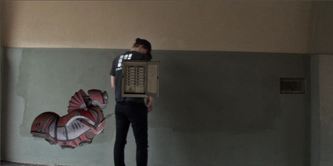We are talking about rotoscoping, and to do that you must have patience. If you dont have patience, dont even bother read about rotoscoping my advice and from my personal experience! Back in early 50's they used this technology to create short animation films. I think it was faster to rotoscope than drawing out a whole film. It was a technique to trace over live action film movement frame by frame. The first rotoscope film "Out of the Inkwell" was produced by Max Fleischer in 1915.
This might be interesting to share with you. The first chinese rotoscoped film was produced in 1941 "Princess Iron Fan" It was used up to 200,000 papers, 20,000 render frames. Gather them all would make the final piece 2,300 meters. Creation of this film took 3 years with 237 artist and cost 350,000 Yuan to produce this.
Rotoscoping was also used in many of Disney's animated films with human characters. The rotoscope was used mainly for studying human and animal motion.
This might be interesting to share with you. The first chinese rotoscoped film was produced in 1941 "Princess Iron Fan" It was used up to 200,000 papers, 20,000 render frames. Gather them all would make the final piece 2,300 meters. Creation of this film took 3 years with 237 artist and cost 350,000 Yuan to produce this.
Rotoscoping was also used in many of Disney's animated films with human characters. The rotoscope was used mainly for studying human and animal motion.
Our purpose using of the rotoscope technique is to mask away unwanted object in scene. It's actually vice versa what they purpose of rotoscope technique is made for. For instance in the "The Jungle Book" the background environment is so well painted with shading and shadows. But the character in motion is flat with no shading and shadows in them. It's a smart workflow when you only need to draw the background plate and rotoscope the character ino the scene.
While in our movie we are using rotoscope help as a mask to remove unwanted object in scene that we don't want to show. Or make it simple you want to hid a specific geometry behind a person you have to rotoscope it out.
While in our movie we are using rotoscope help as a mask to remove unwanted object in scene that we don't want to show. Or make it simple you want to hid a specific geometry behind a person you have to rotoscope it out.






 RSS Feed
RSS Feed